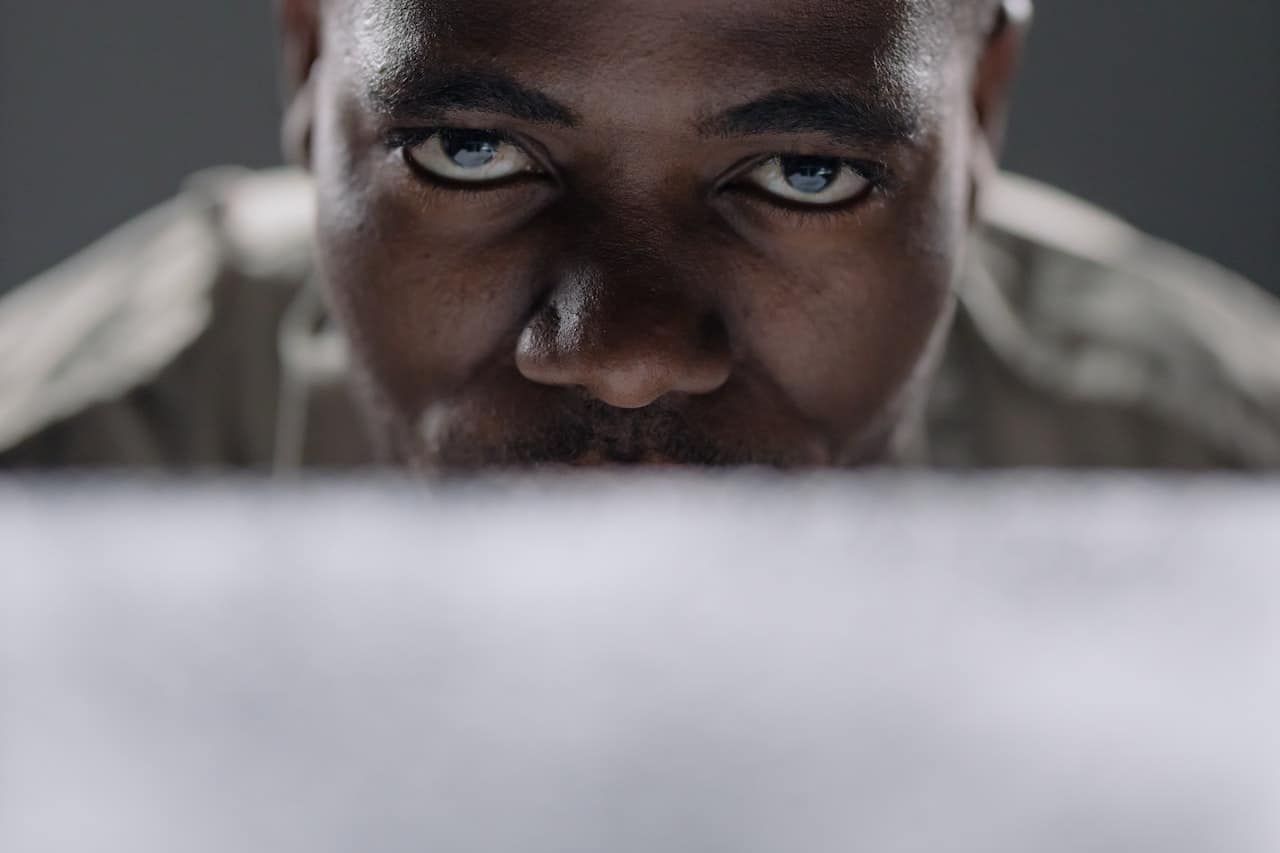Personal Attributes and Personalities that make up every Cath Lab
 This series of articles is published with permission from Douglas Langager. Doug graduated from the Navy’s cardiopulmonary program in Bethesda, Maryland, in 1975. From 1983-1988, the cardiac catheterization program at Brooke Army Medical Center, Fort Sam Houston, Texas, was under his care. After retiring from the Army, he worked as both a supervisor and staff educator at Providence Hospital in Portland, Oregon, and University Hospital in Augusta, Georgia. Mr. Langager then worked at Berkeley Medical Center in Martinsburg, West Virginia, and recently retired from patient care. He continues an active relationship with the cardiovascular community through education and thought leadership.
This series of articles is published with permission from Douglas Langager. Doug graduated from the Navy’s cardiopulmonary program in Bethesda, Maryland, in 1975. From 1983-1988, the cardiac catheterization program at Brooke Army Medical Center, Fort Sam Houston, Texas, was under his care. After retiring from the Army, he worked as both a supervisor and staff educator at Providence Hospital in Portland, Oregon, and University Hospital in Augusta, Georgia. Mr. Langager then worked at Berkeley Medical Center in Martinsburg, West Virginia, and recently retired from patient care. He continues an active relationship with the cardiovascular community through education and thought leadership.
This article is the third of a series of three articles by Doug that will discuss cardiac cath lab hiring, orientation and precepting from start to finish. Originally published in Cath Lab Digest in 2006 and 2019
The Effects of Personality and Personal Attributes
Cath labs are filled with personality. Berry & Kohn’s Operating Room Technique is an invaluable resource that discusses issues in the surgical environment, many of which are applicable to the cath lab. The opening chapter discusses the personal attributes required of patient care providers. A firm understanding of attributes and personality traits by the preceptor can make a world of difference when trying to orient a new hire. I frequently refer to these attributes when I am called on to evaluate an employee’s progress since they provide proper descriptors that compliment individual skill performance. How will the new hire measure up? Personal attributes are reflected in the manner in which an individual performs his or her duties. Having a template that lays out attributes so the new hire can see what he or she is being measured against will improve the outcome. In other words, show the new player where you are setting the basket. Some of the characteristics will be innate; others will take a lot of work to attain. This should be expected by both the preceptor and the trainee.
Work Ethics Carries out job responsibilities in a timely and efficient manner, communicating a positive attitude about these responsibilities to patients, customers, and coworkers.
Performance Improvement Constantly strives to meet or exceed the expectations of the persons we serve.
Collaboration & Cooperation Coordinating efforts toward a common goal while demonstrating responsibility to the system, the persons we serve, and to each other.
Honesty & Integrity Exemplifying conscientiousness, reliability, and trustworthiness.
Ethical Conduct Actions that maintain the highest principles and values for our patients, customers, and coworkers.
Accountability Uses the authority one has been delegated to make decisions consistent with the system’s missions and values.
Innovation & Flexibility Has an understanding of the principles of one’s work. With the resources available, is creative and efficient at solving problems without sacrificing quality.
Job Knowledge Has a comprehensive knowledge of instrumentation, equipment, procedures, and the care required for many diverse patients. Approaches each procedure as unique and individualized, while maintaining acceptable performance standards.
Efficiency & Good Organization Develops organized work habits and anticipates the needs of patients and team members to save time and energy. Prepared for the unexpected.
Initiative Aptitude displayed in the initiation of action.
Ability to Take Instruction Pays attention, listens to details of instruction, and reacts appropriately.
Manual & Intellectual Dexterity Has quick hands, sharp minds, and keen eyes. Manual dexterity is perfected with experience.
Intellectual Eagerness & Curiosity The team has a legal responsibility to remain current in their knowledge. 2
Use the Attitude You Choose
Every member of the cath lab team’s role is to provide exceptional customer service that supports patients, families, physicians, and support staff. Is the customer always right? To put it bluntly YES! Communicate that feeling to everyone with whom you come in contact. I call that presence. Some people say they can’t or don’t play that way. I say, if you do anything to compromise patients’ trust in your institution, and do not support the physician or coworkers, that’s equivalent to treason. You’re a team, so act like one. Never lose sight of the patient, and always view them as the customer. After all, they can always go to another facility if you don’t meet their needs. Self-confidence and happiness are elusive. Most people don’t have the satisfaction of saving a life or taking 10/10 chest pain to 0/10 in a matter of minutes. Most people receive satisfaction as a side product of an accomplishment. We are the lucky ones because we have the opportunity to relish the satisfaction of changing lives each and every day. It may sound corny, but if you honestly measure the trainee and yourself against a structured set of personal attributes, you will learn and succeed in whatever endeavor you choose. Teaching this attitude from day one will change the atmosphere of your cath lab. Not only will you influence the way a new hire views the lab, but soon you will get buy-in from the existing team as well.
Love the One You’re With
The world is made up of diverse personalities. Often conflict arises because of individuality and variations in personalities. Frequently we don’t pay attention to these differences or allow for individual perspectives. We operate in our own silo and don’t pay attention to the types of people with whom we are working. The Treasure Tree is a wonderful book written for children to provide insight into different personality types. I find it both helpful and humorous to apply to numerous situations at work and at home. It gives another view to nurturing the growth and development of staff and has real-life applications.
Lion. This personality likes to lead. The lion is good at making decisions and is very goal-oriented. They enjoy challenges, difficult assignments, and opportunities for advancement. Because lions are thinking of the goal, they can step on people to reach it. Lions can be very aggressive and competitive. Lions must learn not to be too bossy or to take charge of others’ affairs.
Beaver. Organized. Beavers think that there is a right way to do everything and they want to do it exactly that way. Beaver personalities are very creative. They desire to solve everything, but take their time and do it right. Beavers do not like sudden changes. They need reassurance.
Otter. Otters are very social creatures and love people. They enjoy being popular and influencing and motivating others. Otters can sometimes be hurt when people do not like them. Otter personalities usually have lots of friends, but not deep relationships. They love to goof off. (They are notorious for messy rooms.) Otters like to hurry and finish jobs. (Jobs are not often done well.)
Golden Retriever. Good at making friends. Very loyal. Retriever personalities do not like big changes. They look for security. Can be very sensitive and are very caring. Have deep relationships, but usually only a couple of close friends. Wants to be loved by everyone. Looks for appreciation. Works best in a limited situation with a steady work pattern. Take the time to accurately place a new hire with a preceptor that will be able to deal with their personality type. You want to foster a trusting relationship, and you can’t do that without knowing your partner. The preceptor will be intimately involved with the preceptee for months.
Ensure you have personalities and learning styles that mesh and this will make life easier for all involved. The personality types listed above are one sample tool, but you can find a tool that works for your facility to identify your preceptor personality types and pair them appropriately with new hires. Lion personalities are feelings-oriented. They value people and harmony within the group. Lions want lots of details. To connect with a lion personality, be sure you are correct and have all the facts and details to back up what you say, then give this person time to analyze what you have said. Beaver personalities want you to be bright, brief, and gone. They crave stability and order and are accomplishment-oriented. They value dependability and hard work. Beavers can become frustrated when others do not show the same level of organization or attention to detail that they feel is appropriate to the task. Golden retriever personalities are idea-oriented. They value rational thought and curiosity and find joy in discovering and understanding things. These personalities are particularly hurt when their competence is questioned. Otter personalities are action-oriented. They want to be involved in everything. Otters value taking risks and competition. They find joy in trying new activities and competing. Otters will react negatively when confronted with rigid structures or a lack of activity.
Respect
It is important to understand and accept that not everyone will be your best friend. While friendship is not a critical element of successful teams, respect is. Respect is earned through the actions and attitudes displayed daily. Love the one you’re with may sound naive, but you can bring the best out in people when you bring your best to the table. It is impossible for a negative mind to attract positive things. If you are worried about the staff you’re working with today or that Dr. So-and-So intimidates you, you will not have a positive outlook. When negativity and pessimism replace positive thoughts, your fears will become obstacles. Focus on the job and advancing your contribution to patient care. My mentoring, supervisory, and educational role in the cath lab has required me to counsel numerous individuals. The psychological carnage of conflict is complex. Try to avoid as much conflict as humanly possible. In training the new hire, prepare them for the stress of the lab. Be proactive by preparing them to face people who may not always be calm, rational, or reasonable. If awareness is instilled ahead of time, issues will not be cut as deeply. Teach new staff to remain calm and reasonable themselves, and always be sympathetic. Never let them forget to be professional.
You can’t build a reputation on what you’re going to do. “ Henry Ford
Creating a Culture of High Performance Ownership
5 Basic Skill Levels of Development for Success





